Scott AndersonExodus 24:12-18 † Psalm 2 † 2 Peter 1:16-21 † Matthew 17:1-9 When you are out in the wilderness and you see a big cloud coming, you start to look for shelter. You don’t need to be an expert hiker to know this. You feel it first. This is especially true when you are up high and exposed. Conditions can change in an instant, and if you are not prepared, you can find yourself in danger far more quickly than you would imagine down here near sea level, among the trees. And yet, many of us—especially in this region—are drawn to the mountains and the wilderness and the unknown, despite the inherent dangers. We are looking for something, it seems, that we do not regularly encounter. We are seeking something that cannot be readily obtained in the ordinariness of our day-to-day lives here in the lowlands. “I’m drawn to places,” writes Eric Weiner, “that beguile and inspire, sedate and stir, places where, for a few blissful moments I loosen my death grip on life, and can breathe again.”[i] Heaven and earth, the Celtic saying goes, are only three feet apart. Yet these ancient seekers knew that in some places—they called them “thin places”—the distance is even shorter. There is something about these places. You feel it when you’re there. And they are everywhere. Like up near Lake Tipsoo on the edge of Rainier National Park and the mountain the early settlers of this land knew as Tahoma.
0 Comments
Scott Anderson“I’m drawn to places,” writes Eric Weiner, “that beguile and inspire, sedate and stir, places where, for a few blissful moments I loosen my death grip on life, and can breathe again.”[i] He is speaking of what we’ve come to know as thin places.
Heaven and earth, the Celtic saying goes, are only three feet apart, but in thin places that distance is even shorter. The ancient Celts used the term to describe places like the wind-swept isle of Iona where Julie Kae will have an opportunity to spend some time this summer as a part of her sabbatical. Scott Anderson
Franklin and a team of researches visited the scorched slopes of Mount St. Helens after the volcano exploded with the force of multiple atomic bombs in 1980. William Dietrich tells the now familiar story in his Pulitzer Prize winning book, The Final Forest.[i] The blast laid trees over like a giant comb, burning off the needles and covering the mountainsides with logs like matted brown hair. Ash covered the duff of the forest floor. Humans and large animals caught in the blast were suffocated and roasted. But scientists were surprised at how many small creatures and plants survived the searing heat and began immediately to repair the ecological fabric. Fireweed poked through the ash. Ants scuttled across the gray powder. Gophers burrowed to the surface, beginning to mix the old soil with the new deposits. Insects and seed began to blow across the moonscape. Maggie BreenEzekiel 37:P1-14 † Psalm 130 † Romans 8:6-11 † John 11:1-45
You’ve maybe heard me say this before, but I loved fairy tales as a child. They contained for me a power, a kind of terrible fascination, that I have revisited as an adult. I am pretty sure that big bad wolves, wild hags, shoemaker elves, ugly ducklings, good fairies, taking animals, and savvy children abandoned in forests populated my childhood dreams. They provided for me very good company. Now I am not talking about the “handsome prince rescuing the helpless damsel” kind of fairy tale, although those are always fun too. I am talking about the fairy tales that help us look at the terror and the hope in this life. I remember a long list of little stories – sometimes called fairy-tales, folk-tales, or wonder-tales. Maybe you know some of these. |
St. Andrew SermonsCategories
All
|
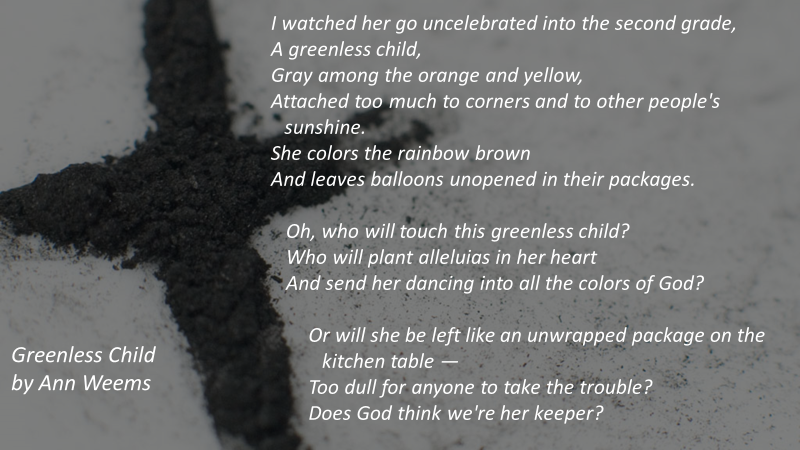
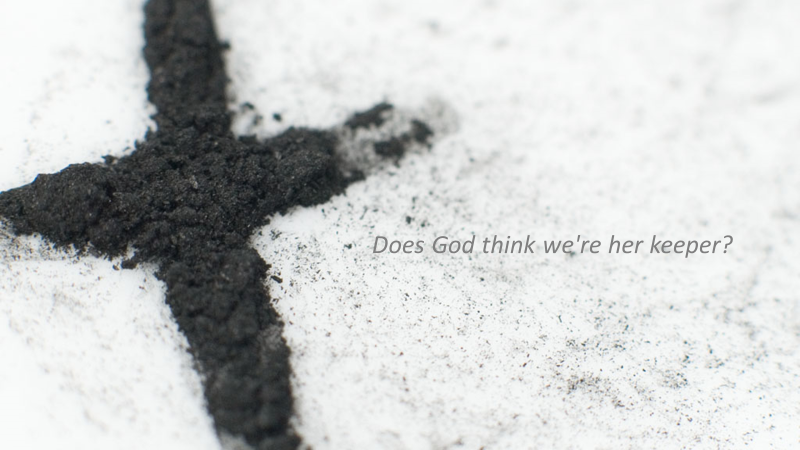
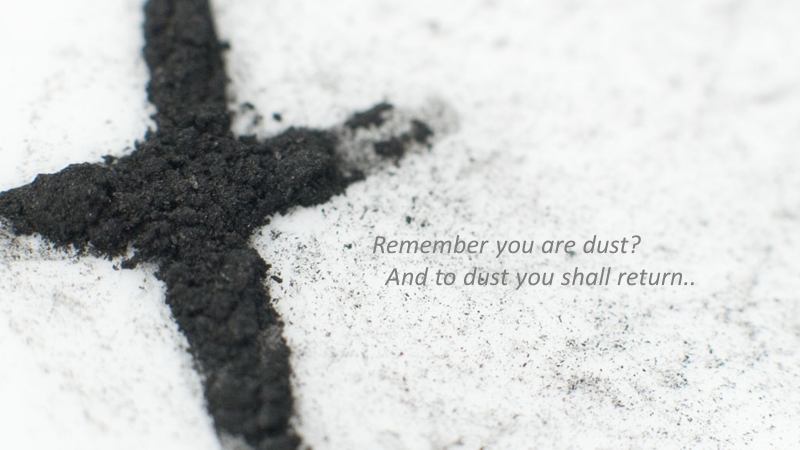
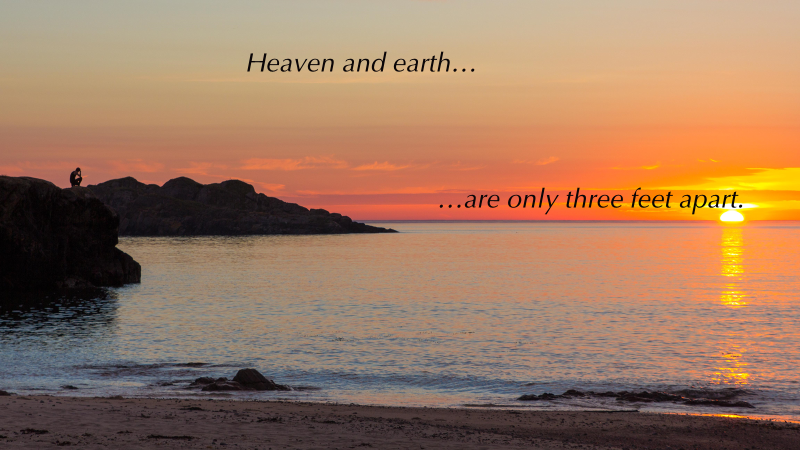
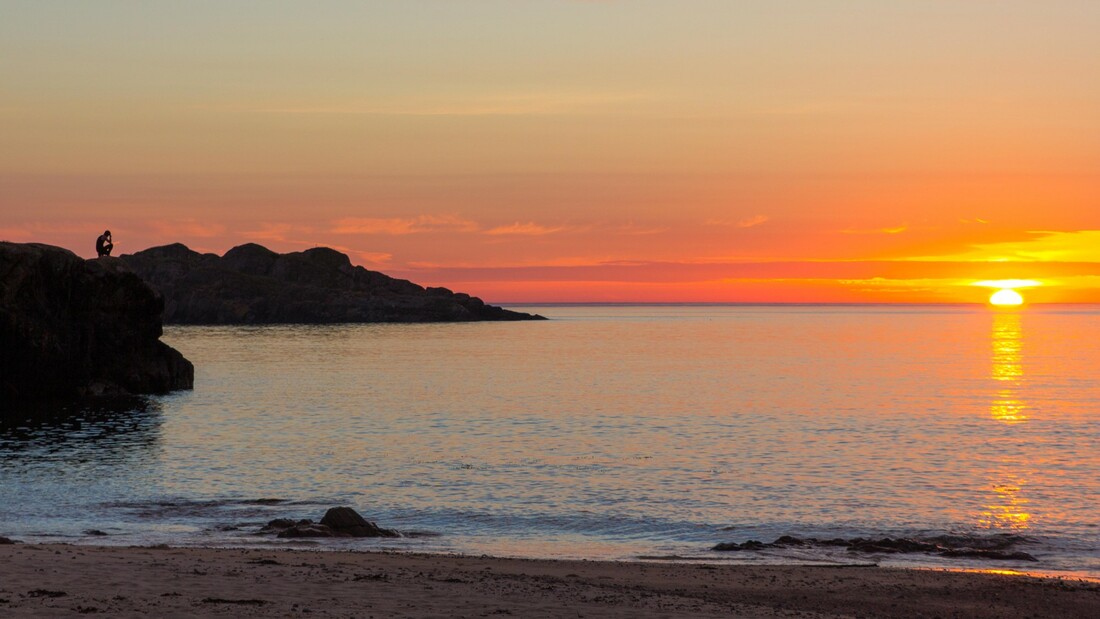
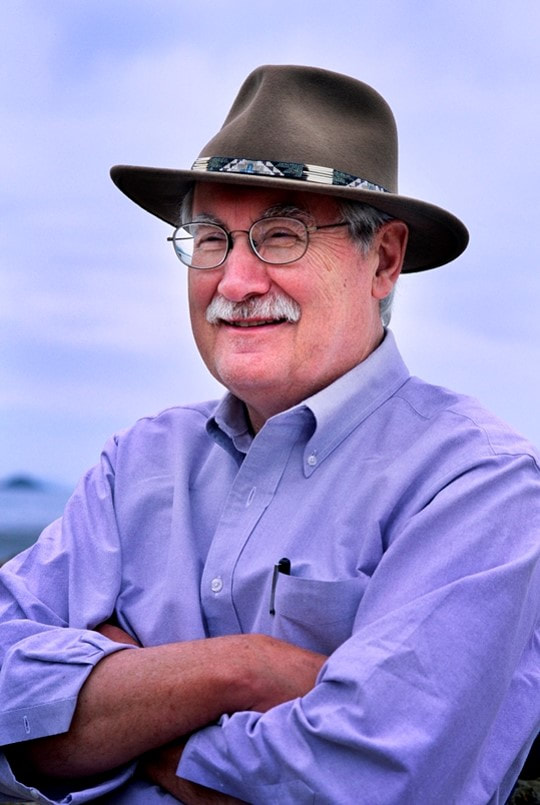
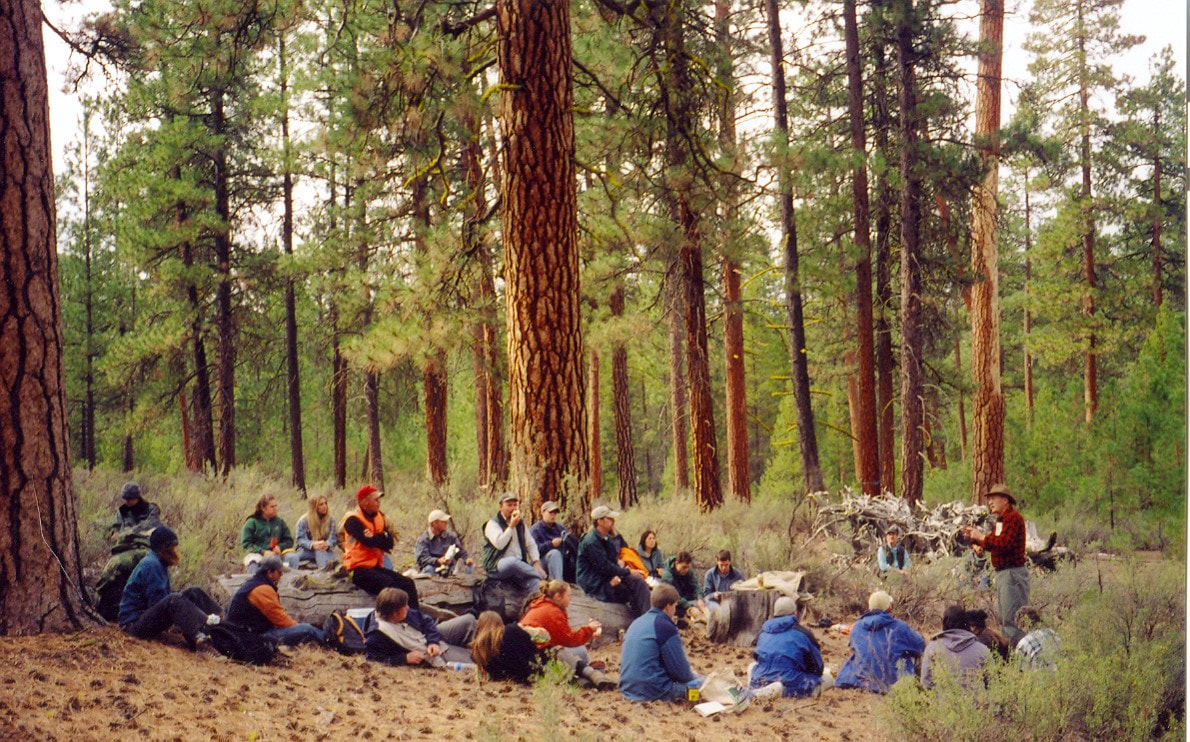
 RSS Feed
RSS Feed